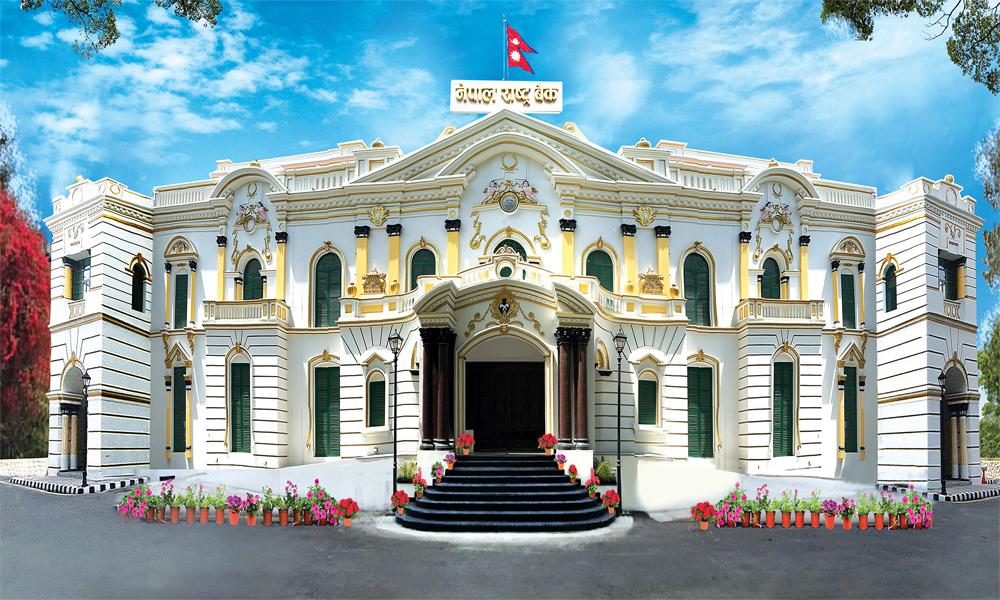By Sandeep Chaudhary
Foreign Exchange Reserves of Nepal: A Detailed Analysis

Nepal's foreign exchange reserves have shown significant fluctuations over the past several years, reflecting the country's economic dynamics and external sector performance. The data from 2016 to 2024 reveals trends in gross foreign exchange reserves, both in Nepalese Rupees (Rs. Billion) and US Dollars (USD Million), along with the import capacity in months for merchandise and merchandise & services.

Foreign Exchange Reserves of Nepal: A Visual Analysis
The chart above illustrates the trends in Nepal's foreign exchange reserves from 2016 to 2024, highlighting both the reserves in Nepalese Rupees (Rs. Billion) and US Dollars (USD Million).
Key Insights:
Overall Growth:
The gross foreign exchange reserves in Rs. Billion (green line) and USD Million (blue line) exhibit a generally increasing trend, especially noticeable from mid-2021 onwards.
Fluctuations:
There are noticeable fluctuations in the reserves over the years. For instance, around 2018/19, both Rs. Billion and USD Million reserves saw a decline, followed by a recovery in subsequent years.
Recent Surge:
A significant surge in reserves is observed starting from late 2022, continuing into 2023 and 2024. This period marks the highest levels of foreign exchange reserves in the recorded timeframe.
Correlation Between Currencies:
The trends in Rs. Billion and USD Million are closely correlated, indicating that the reserves' value in USD is proportionally reflected in the local currency, adjusted for exchange rate fluctuations.
Key Observations:
Growth in Foreign Exchange Reserves:
Consistent Increase: From 2016/17 to 2023/24, Nepal's gross foreign exchange reserves have shown a steady increase, reflecting a positive trend in the country's ability to hold foreign currency. For instance, the reserves in Rs. Billion have grown from 1,042.0 in August 2016 to 1,911.9 in April 2024.
US Dollar Reserves: Similarly, reserves in USD have also increased from 9,763.6 million in August 2016 to 14,364.1 million in April 2024.
Import Capacity:
Fluctuating Capacity: The import capacity, measured in months, has seen fluctuations over the years. In 2016/17, the merchandise import capacity was around 15.1 months, but it has decreased over the years, reaching 15.0 months in April 2024. The capacity for merchandise & services also follows a similar trend, albeit with a slight dip in certain years.
Impact of Global and Domestic Factors: These fluctuations can be attributed to various global and domestic economic factors, including trade deficits, remittances, and foreign investments.
Interpretations:
Economic Resilience:
The increase in foreign exchange reserves is a positive indicator of Nepal's economic resilience and its ability to manage external shocks. The reserves act as a buffer against economic uncertainties, providing stability to the country's financial system.
Import Capacity Dynamics:
The fluctuating import capacity highlights the challenges Nepal faces in maintaining a stable economic environment. While an increase in reserves is a positive sign, the capacity to import essential goods and services must be closely monitored to ensure economic sustainability.
Policy Implications:
Strengthening Reserves: The government should continue policies that strengthen foreign exchange reserves, such as promoting exports, encouraging remittances, and attracting foreign investments.
Balancing Trade: Efforts should be made to balance trade by reducing the import dependency and boosting domestic production.
Future Prospects:
With the projected increase in reserves, Nepal is well-positioned to handle economic challenges. However, maintaining this growth requires sustained economic reforms, effective policy implementation, and international cooperation.
Conclusion:
The data from 2016 to 2024 presents a mixed picture of Nepal's foreign exchange reserves and import capacity. While the overall trend in reserves is positive, the fluctuating import capacity underscores the need for vigilant economic management. Continued efforts to bolster reserves and stabilize import capacity will be crucial for Nepal's economic future.









